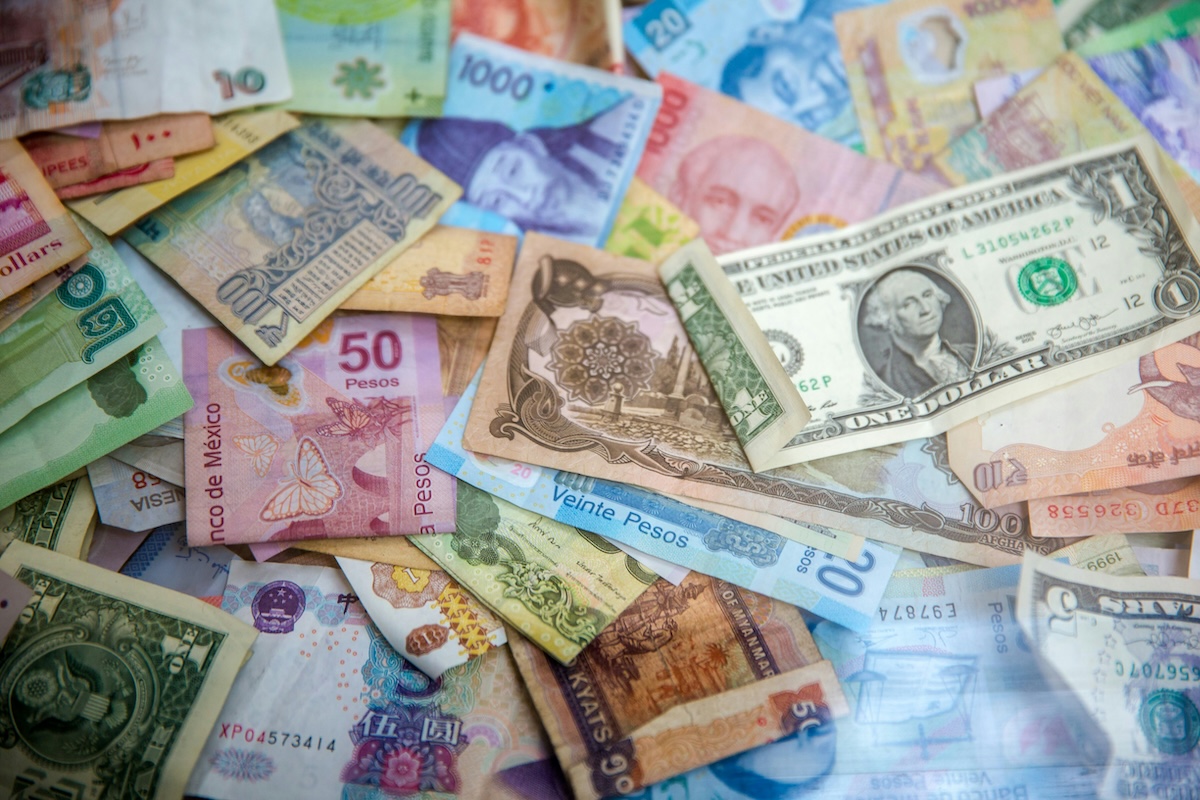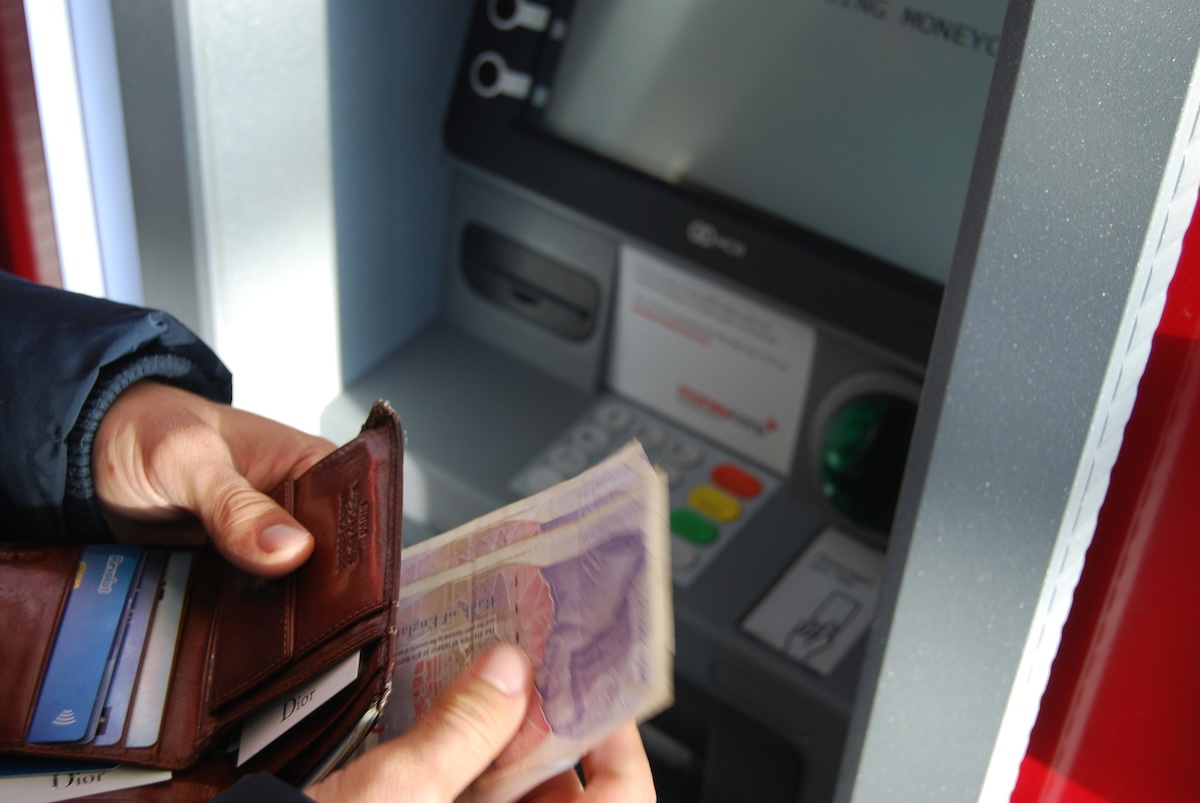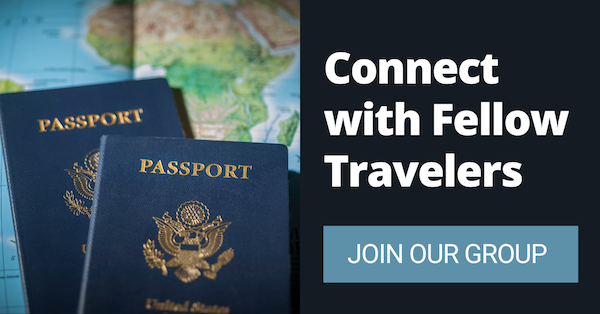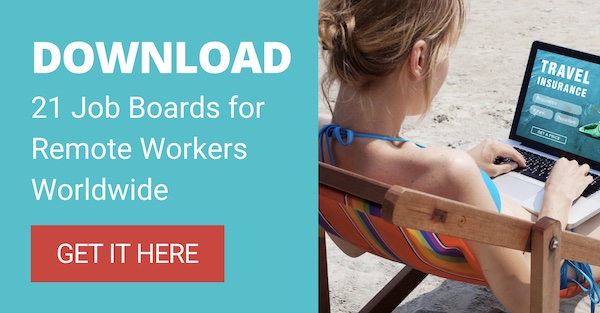
How to Order Foreign Currency for International Travel: A Step-by-Step Guide
By: Sarah Stone
Skip to Section
You’ve just arrived in a country you’ve always wanted to visit. You’ve gotten through passport screening, picked up your bag from the carousel, and you’re looking for a quick snack before heading to your hotel…but oh no! The kiosk is cash-only, and you only carry cards.
Rather than begrudgingly stopping at the airport ATM and dealing with awful exchange fees, follow this quick guide to getting your hands on foreign currency before your trip!
Your Options for Ordering Foreign Currency

Photo by Nick Pampoukidis on Unsplash
Many travelers think credit cards are enough, but what happens when the taxi driver only takes cash? Or when that food truck doesn’t have a card reader? Cash is still king in many parts of the world.
There are several ways to get foreign money before your trip, each with pros and cons.
1. Through Your Bank
Your regular bank might provide foreign currency services, combining convenience with relatively fair rates.
How to do it:
- Call your bank or check their website to see if they offer foreign currency exchange
- Place your order at least one to two weeks before your trip (some currencies take longer to order)
- Pick up the money at your local branch
The upside: You’re already a customer, so the process is straightforward. Banks usually have better rates than airport exchanges.
The downside: Some banks charge service fees, and smaller branches might not stock unusual currencies.
2. Currency Exchange Services
Companies like Travelex and MoneyGram specialize in currency exchange if you don’t want to go through your bank, or if your bank doesn’t provide this service. You can compare rates between different online services and order through their websites or at a physical location.
The upside: These services usually stock a wide range of currencies—be sure to look for promotional rates as well!
The downside: Exchange and service fees can add up, and those online services’ rates might not be as competitive as your bank.
3. Credit Unions
Are you a member of a credit union? Then you might get access to great foreign currency services!
Contact your credit union about their foreign currency options, and if available, place your order with enough time for processing. You can pick up the cash at your local branch.
The upside: Credit unions may offer better rates and lower fees than banks.
The downside: There aren’t as many physical locations for credit unions vs. banks in general, and you could run into longer wait times than if you were to use a bank or specialized currency exchange service.
How Much Foreign Currency Should You Order?
It can be overwhelming to try to figure out exactly how much money you’ll need for your trip. Ordering too much cash means you’ll have wasted money on exchange fees. And you don’t want to order so little that you’ll left scrambling for an ATM on your first day there!
Start with the basics. Order enough to cover:
- Transportation from the airport to your accommodation
- Food and small purchases for the first 48 hours
- A small emergency fund (the amount depends on where you’re traveling, but a lot of people like to keep about $100 worth in local currency)
For many travelers, this works out to around $200—300 worth of foreign currency, but make sure to adjust based on your destination’s cost of living.
Tips for Getting the Best Exchange Rate
- Track rates before ordering. Exchange rates fluctuate daily. Use an app like XE Currency to monitor trends and buy when rates improve.
- Skip the airport exchange booths. They offer terrible rates. If you forget to order ahead, try to wait until you can find an ATM or exchange office elsewhere.
- Ask about all fees upfront. Some services advertise “no fees” but compensate for it with awful exchange rates. Ask for the total cost, including all fees and commissions.
- Order larger denominations. Some exchange services charge per bill, not per dollar amount, so five $20 bills cost less in fees than twenty $5 bills.
- Check if your destination accepts US dollars. Some countries like Ecuador, the Turks and Caicos, and others accept US dollars alongside local currency.
- Use local currency always—here’s our overview on why that’s important!
Ordering foreign currency doesn’t need to be complicated. With some smart planning, you can start your trip with money in your pocket and confidence in your step. Happy Travels!
About the Author
 As the editor-in-chief of Frayed Passport, my goal is to help you build a lifestyle that lets you travel the world whenever you want and however long you want, and not worry about where your next paycheck will come from. I've been to 20+ countries and five continents, lived for years as a full-time digital nomad, and have worked completely remotely since 2015. If you would like to share your story with our community, or partner with Frayed Passport, get in touch with me using the form on our About page.
As the editor-in-chief of Frayed Passport, my goal is to help you build a lifestyle that lets you travel the world whenever you want and however long you want, and not worry about where your next paycheck will come from. I've been to 20+ countries and five continents, lived for years as a full-time digital nomad, and have worked completely remotely since 2015. If you would like to share your story with our community, or partner with Frayed Passport, get in touch with me using the form on our About page.Featured image by Jason Leung on Unsplash
Information published on this website and across our networks can change over time. Stories and recommendations reflect the subjective opinions of our writers. You should consult multiple sources to ensure you have the most current, safe, and correct details for your own research and plans.
Frayed Passport is a participant in the Amazon Associates Program, an affiliate advertising program designed to provide a means for sites to earn advertising fees by advertising and linking to Amazon.com. We also may share links to other affiliates and sponsors in articles across our website.




